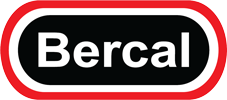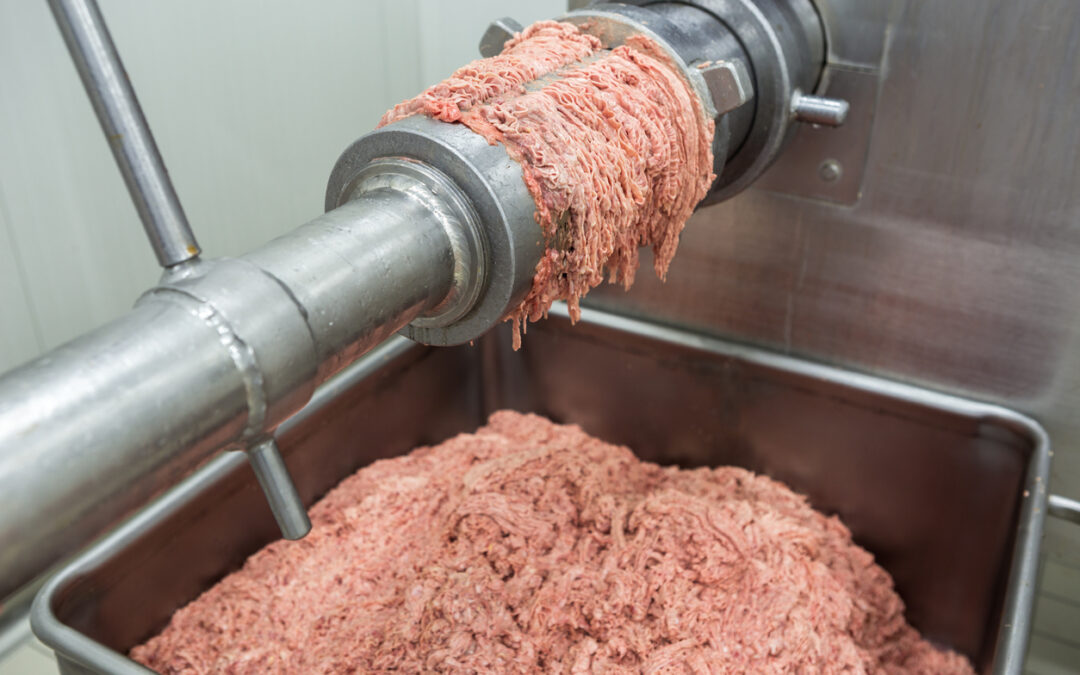Commercial meat grinders are invaluable tools in restaurants, butcher shops, and food processing facilities, enabling efficient meat processing and ensuring quality control. However, using these powerful machines requires careful attention to safety, hygiene, and proper operation. To make the most of your commercial meat grinder while avoiding potential mishaps, here are seven common mistakes to steer clear of:
Neglecting Maintenance: Regular maintenance is crucial for keeping your commercial meat grinder in top condition. Neglecting maintenance tasks such as cleaning, lubrication, and blade sharpening can lead to decreased performance, hygiene issues, and even equipment malfunction. Develop a maintenance schedule and adhere to it diligently to prolong the lifespan of your grinder.
Overloading the Grinder: One of the most common mistakes users make is overloading the grinder with too much meat at once. Overloading not only strains the machine but also compromises the quality of the ground meat. To avoid this, feed the grinder with small batches of meat, allowing it to process efficiently without exerting undue pressure on the motor and other components.
Using Dull Blades: Sharp blades are essential for achieving clean and consistent grinding results. Using a meat grinder with dull blades not only produces inferior ground meat but also increases the risk of accidents and injuries. Regularly inspect the blades for signs of dullness and replace them promptly to ensure optimal performance.
Ignoring Safety Precautions: Safety should always be a top priority when operating a commercial meat grinder. Ignoring safety precautions such as failing to use the provided safety features, wearing loose clothing or jewelry, and neglecting to follow proper operating procedures can result in serious accidents. Familiarize yourself and your staff with the grinder’s safety features and guidelines to minimize the risk of injury.
Grinding Frozen Meat: While it may be tempting to grind frozen meat for convenience, doing so can damage the grinder’s components and compromise the quality of the ground meat. Frozen meat is harder and denser, putting additional strain on the machine and increasing the likelihood of overheating. Thaw meat thoroughly before grinding to ensure smooth and efficient processing.
Improper Assembly: Proper assembly of the meat grinder is essential for its safe and effective operation. Failing to assemble the components correctly or overlooking minor details such as loose fittings or misaligned parts can lead to equipment malfunction and safety hazards. Always refer to the manufacturer’s instructions when assembling the grinder and double-check for any errors before use.
Neglecting Hygiene: Maintaining strict hygiene practices is paramount when handling meat to prevent contamination and ensure food safety. Neglecting hygiene when using a meat grinder can lead to cross-contamination, bacterial growth, and foodborne illnesses. Thoroughly clean and sanitize all grinder components before and after each use, and follow proper food handling protocols to minimize the risk of contamination.
Commercial meat grinders are indispensable tools for foodservice establishments, offering efficiency, versatility, and control over meat processing operations. By avoiding common mistakes such as neglecting maintenance, overloading the grinder, using dull blades, ignoring safety precautions, grinding frozen meat, improper assembly, and neglecting hygiene, you can maximize the performance and longevity of your grinder while ensuring the safety and quality of your products. Prioritize proper operation, maintenance, and safety practices to make the most of your commercial meat grinder investment.


Recent Comments